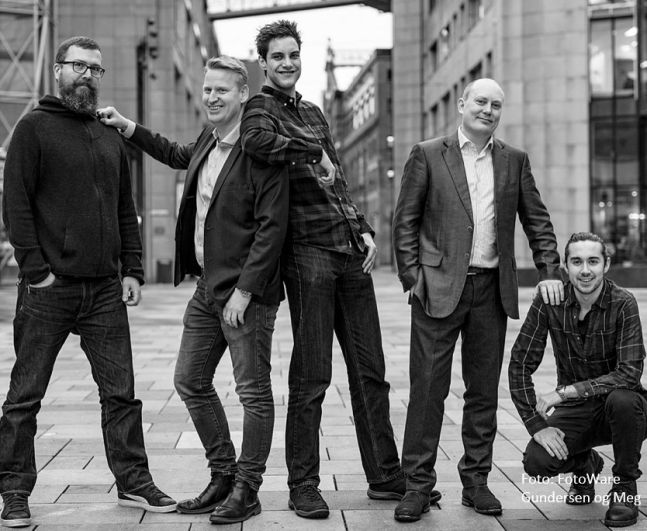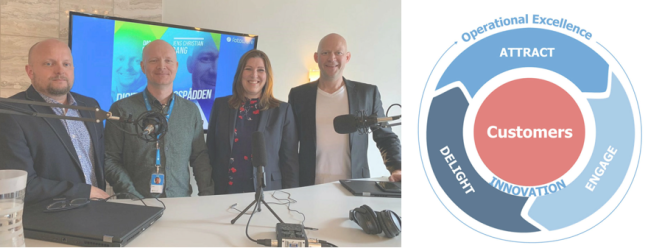There was a story about Tom Cruise in the Norwegian media a while back because he spent several months on the west side of Norway while filming his new Mission Impossible film.
The story was about this couple who got to meet him while he was there, because the guy collects vintage cars and the woman paints portraits on the hood of cars. The paintings are beautiful, and because she had painted a picture of Tom Cruise and Kelly McGillis from Top Gun on the hood of her car, she set out to try to show it to Tom Cruise while he was in Norway. The story ends well: the couple drives across half of Norway to meet Tom Cruise. Tom Cruise takes his helicopter to meet them, and the amazing 0.05% chance they had of meeting him actually happened!
But how could such a meeting really come together? How is this even possible? It would seem like a total mission impossible. Well, it turns out that someone knew someone who knew Tom Cruise’s assistant. The assistant was contacted via these several levels of people and as it so happens, while making no promises, she agreed to try to make this meeting happen.
Yes, that is right, someone actually took the time to do more than her job, more than they needed to do to make some random strangers dream come true. Someone opened a door for someone else, even though they certainly did not have to.
The “door opener” is someone we hardly ever hear of. We always hear about the big story. How someone gets to meet their hero or get the dream job or sign the big contract.
A lot of this happens because of someone important: the door opener. That someone who knows someone who works in the office of the customer you are trying to get the contract with, or someone who knows someone in the company where you want to work or like in this case; someone who knows someone who knows Tom Cruise’s assistant. These amazing people are never mentioned, but without them (almost) nothing would have (most likely) never happened. The door opener does not make it to the big story but will always be remembered by the people whose life they changed.
In my case, much like Steve Balmer’s security guard, who in 2008 kindly made me wait a little longer outside the conference room, so I could take a picture with Steve Balmer and Kevin Turner after winning an award. If he had not made me wait, I would not have been able to get that picture.
Or my former colleague who put me in touch with her husband who worked at Company so I could ask them if they by any chance needed a part-time resource – and would consider hiring me while I was studying.
The door openers are the ones who take that extra moment, the extra minute, or the extra hour to help others along the way.
Have you ever taken a moment to think about the door openers in your life? Did you remember to thank them? And have you thought about whether you could or should be a door opener for others?
As a leader, it is part of our job to see the potential in others and open the door for them. Raise them to new positions, praise them above the company management and just be the one who says, yes, you may even meet Tom Cruise.
If you can open the door for someone, you should.










